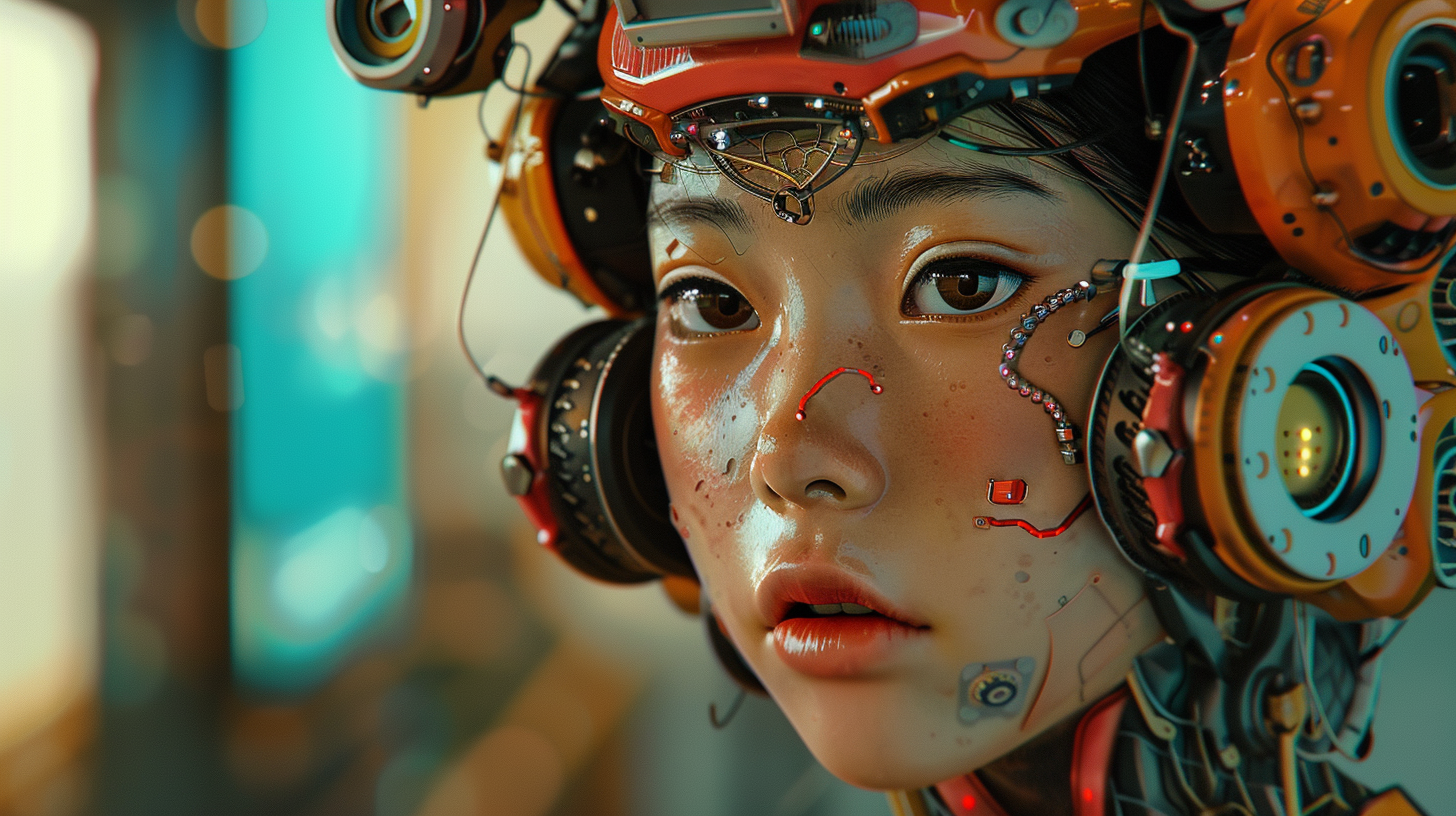TL;DR:
- Artificial Intelligence adaptability is demonstrated by powerful foundational models such as GPT-4 and Lambda, disproving the myth of no shortcuts.
- AI is a diverse field that incorporates various machine learning techniques, not limited to deep learning.
- AI offers businesses in Asia strategic advantages and growth opportunities beyond mere cost savings.
Debunking AI Myths: An In-depth Examination of Artificial Intelligence in Asia
Artificial Intelligence (AI) in Asia is a dynamic and rapidly advancing field, yet misconceptions and misunderstandings continue to persist. In this comprehensive article, we will address and clarify five common AI myths, illuminating the true potential of this transformative technology for individuals and businesses throughout the region.
AI Shortcuts Unveiled
Myth 1: No Shortcuts in the AI Jungle
The first misconception we’ll tackle is the belief that there are no shortcuts in the AI realm. This notion suggests that every task requires its own unique AI model, and that one-size-fits-all solutions are nonexistent. However, the emergence of powerful foundational models like GPT-4 and Lambda challenges this assumption.
These advanced models mark the beginning of a new era in AI, where versatile systems can adapt to a wide array of tasks with minimal adjustments. These generalists often perform on par with, or even surpass, their specialized counterparts, effectively dispelling the “no shortcuts” myth and proving that adaptability is a key feature of AI in today’s world.
The Many Facets of AI
Myth 2: AI is Deep Learning’s Playground Only
Another common misconception is that AI is exclusively the domain of deep learning. While deep learning has played a significant role in AI’s development, it is just one of the many tools available in the expansive AI toolkit.
In reality, AI draws upon a wide variety of machine learning techniques, including linear regression, decision trees, support vector machines, and random forests. Each of these methods has its own strengths and applications, and together they contribute to the richness and adaptability of the AI field.
AI’s Impact on Business: Beyond a Magic Potion
Myth 3: AI, the Business Elixir
A popular yet misguided belief is that AI functions as a magic elixir, capable of solving all business challenges. While AI has demonstrated an impressive ability to tackle complex problems, it is essential to recognize that not every business issue requires an AI-powered solution.
Traditional approaches, such as rule-based systems or time-tested data analysis methods, can sometimes yield equally effective results. It is crucial for businesses to view AI as a potent tool, but one that should be thoughtfully applied to the right problems rather than indiscriminately employed.
The Multifaceted Benefits of Artificial Intelligence in Asia
Myth 4: AI, the Cost-Cutting Conjuror
A prevalent assumption about AI is that its primary function is to reduce costs. While it’s true that AI can streamline workflows, automate repetitive tasks, and generate cost savings, its capabilities extend far beyond simply cutting expenses.
AI can act as a powerful catalyst for change, providing businesses with a competitive edge, enhancing efficiency, and enabling personalised customer experiences. By focusing solely on cost reductions, businesses in Asia may overlook the strategic and customer-centric advantages that AI can deliver.
The Widespread Influence of Artificial Intelligence in Asia
Myth 5: AI Benefits Stay in Their Silo
Lastly, the belief that AI’s benefits are confined to specific applications, like a genie limited to its lamp, is an underestimation of its far-reaching impact. When implemented effectively, AI’s effects can ripple across various aspects of a business, fostering resilience and adaptability.
This ripple effect can lead to transformative changes, with the potential to redefine entire organisations or even industries across Asia. By embracing a more holistic view of AI, businesses can unlock its full potential as a multifaceted tool for growth and innovation.
Conclusion: Debunking AI Misconceptions
As we’ve seen through the debunking of these five common myths, Artificial Intelligence in Asia offers immense potential for businesses and individuals who are willing to approach it with an open mind. By understanding and harnessing the true power of AI, the stage is set for unprecedented progress and innovation across the region.
As AI continues to redefine the Asian landscape and reshape industries, how will you harness its capabilities to drive change and seize new opportunities in your field? Let us know in the comments below.
You may also like:




 Prompts1 month ago
Prompts1 month ago


 Life2 months ago
Life2 months ago


 Life2 months ago
Life2 months ago


 Business2 months ago
Business2 months ago


 Business2 months ago
Business2 months ago




 Learning2 months ago
Learning2 months ago


 Marketing2 months ago
Marketing2 months ago


 Business2 months ago
Business2 months ago
















